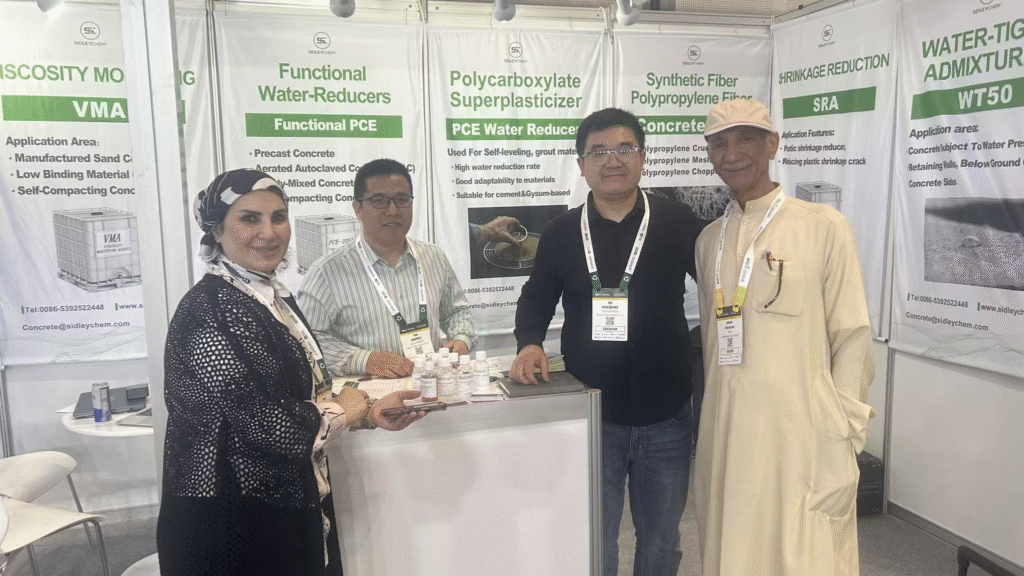Mexico policies on trade and investment to lift chemicals demand
Contact Info
Contact Form
 CANCUN, Mexico (ICIS)–Mexico’s new and developing policies on trade and investment should improve relations with the US and boost chemicals and plastics demand, said a senior executive from Mexico-based chemical distributor Grupo Pochteca.
CANCUN, Mexico (ICIS)–Mexico’s new and developing policies on trade and investment should improve relations with the US and boost chemicals and plastics demand, said a senior executive from Mexico-based chemical distributor Grupo Pochteca.
“I believe that Mexico working together with Canada and the US in strengthening our trading bloc and imposing tariffs on imports from other countries that are using unfair trade practices is a good idea and promotes good relationships with our main partners,” said Eugenio Manzano, executive director of Pochteca.
“This will help protect jobs in North America – including Mexico – and promote growth in our region,” he added.
Manzano spoke to ICIS on the sidelines of the 45th annual Latin American Petrochemical and Chemical Association (APLA) meeting in Cancun.
Mexico’s government is also doing a good job working closely with the US in slowing migration and fighting organized crime, with positive results and improved relations, he noted.
MEXICO TAKING US APPROACH TO TARIFFS
Mexico is considering putting additional tariffs of up to 50% on imports from countries where it does not have free trade agreements (FTAs). This could shut out imports from China in particular.
In September, Mexico announced plans to raise tariffs on autos and auto parts imports from non-FTA countries to 50%, along with targeting imports of textiles and apparel, footwear, furniture and electronics with 10-50% tariffs in its 2026 budget.
This would have an outsized impact on China, which had a trade surplus with Mexico of around $120 billion in 2024.
Mexico’s FTA with the US – the US-Mexico-Canada Agreement (USMCA) – allows it to export to the US tariff-free, products that have a high level of regional content. This comprises the vast majority of its exports to the US.
“Mexico’s situation is very competitive relative to other countries. Its average tariff for exports to the US is lower, and all or most of the products that qualify in the free trade agreement with the US and Canada don’t have any duties imposed when going into the US,” said Manzano.
“The situation for other countries in Latin America is different but I believe that changes are yet to come as negotiations progress,” he added.
Given the rapidly changing trade environment, Pochteca is continuously developing supply sources from various regions, including in North America, for customers in the 12 Latin American countries where it operates, he noted.
US tariffs have led to lower economic growth in Latin America thus far, but the ultimate impact will depend on final trade agreements, said the executive.
“Lower growth always impacts ‘same customer-same product’ consumption (the amount of one particular product sold to one customer), but we are optimistic about growth for Pochteca because our market share is small compared to total chemical consumption and there are lots of customers and products per customer where we can grow,” said Manzano.
MEXICO GROWTH OUTLOOK
The Pochteca executive foresees improving economic conditions across Mexico and Latin America in 2026 versus 2025.
“Conditions vary a lot between countries, but overall we believe that 2026 will certainly be better than 2025. Growth in the US is a driving force for our economies, both for basic commodities and manufactured goods,” said Manzano.
Mexico’s exports to the US should continue to grow into 2026, he noted.
“Internal consumption in all [Latin America] countries will continue to increase as [the] middle class grows, representing opportunities in home and personal care, coatings, water treatment and other domestic oriented industries,” said Manzano.
“We are confident in being able to grow in all of the countries where we are present, opening new branches and introducing value added, specialty products as well as services,” he added.
Pochteca has 54 branches across Latin America.
MEXICO NEARSHORING CONTINUES
Meanwhile, Mexico nearshoring is continuing in full swing but with more investment from Western countries.
“Foreign investment continues to come in. It’s already more than $34 billion this year and there are significant investments announced almost every week,” said Manzano.
“What we have seen, however, is that the mix is probably more of North American and European companies and less of Asian companies,” he added.
PROMOTING INVESTMENT
Mexico’s government is also promoting private investment under various initiatives in the petrochemical and oil and gas sectors, which is “very good news for the Mexican chemical industry”, said the executive.
Mexico President Claudia Sheinbaum recently unveiled a revitalization plan for state-owned oil and gas company Pemex for 2025-2035, including overhauling existing petrochemical facilities and turning refineries into petrochemical hubs, according to an August 2025 article in Mexico Business News.
On the demand side, Sheinbaum’s overall “Plan Mexico” for 2025-2030 also offers tax incentives for capital expenditures which could boost demand for chemicals.
Mexico’s plan to build 1.1 million new affordable homes by 2030 should also have a positive impact on chemicals demand.
“This is a multiyear program which is very positive for the coatings and construction segments. It is happening but will not have an impact overnight,” said Manzano.
“Besides the positive social effect, it also generates demand for other industries as a consequence of the jobs generated,” he added.
The APLA annual meeting runs from 20-23 October.



